An Alpabfahrt, or when the cows come home
October 9, 2010, 7 Comments
Autumn in Switzerland. Stands selling roasted chestnuts, pumpkin soup on every menu, foggy mornings, golden leaves. And time for the cows to come down from the high pastures before the snow really sets in. The return to the valleys is an age-old tradition that has recently become a minor tourist attraction. Most autumnal weekends, you can find one to watch somewhere.
Of course, it doesn’t happen everywhere in Switzerland, mainly because only about a fifth of Swiss cows spend their summer hols posing for photos in the mountains. Some villages also have their annual cheese-sharing, where that summer’s cheese production is divvied up depending on how much milk each farmer’s cows produced. And even the name of the event isn’t set in stone.
In some places it’s called an Alpabzug, and over the Röstigraben, it’s known in French as la Désalpe. Perhaps the most bizarre terminology is the English – transhumance. That makes it sound like some form of deep meditational yoga. Or a new life form in Star Trek.
Whatever it’s called, I wanted to see one. Two weeks ago I was asked to write an article for the Financial Times. So I went to Schüpfheim and stood in the rain to watch cows, all in the name of research. The result appeared in the Weekend section last Saturday, along with a piece by Jan Morris. My first commission based on being the author of Swiss Watching. A great moment. Here’s the opening paragraph:
“Long before you can see anything you hear it: the sound of music that is as Swiss as triangular chocolate and holey cheese. The sound of cowbells. But this isn’t the gentle jangle that forms the background to summertime walks in Switzerland; it’s a far deeper tone that reverberates around the valley and hits you in the chest. This is the rhythmic clanging of over three hundred cowbells, some bigger than the heads carrying them, a noise that becomes almost deafening the closer it comes. Welcome to an Alpabfahrt, the annual descent of cows from the high pastures.”
Seven years ago Schüpfheim (a village in the Entlebuch, one valley along from the more famous Emmental, where the holey cheese comes from) turned its cowfest into a local get-together, with a farmers’ and craft market, beer tents and sausage stands. And it’s a popular event, with the crowds out in force despite the annoyingly insistent rain. With most onlookers holding umbrellas, making clapping near impossible, we were all urged to shout Bravo! or whoop as the parade went past. And people did! The procession started with the village brass band, on a trailer protected by two giant pub umbrellas. Then came the folk musicians, with the yodellers leading the way:
“…most of them men dressed in black-and-red velvet jackets with edelweiss embroidered on the lapels. Yodellers normally do their thing with both hands in their trouser pockets (probably the only way they can hit those high notes); today, with umbrellas needed against the rain, the men have just one hand hidden. Even tradition sometimes has to give way to practicalities.”
 The alphornists also managed to take part despite their eminently impractical instruments (four metres long and carved from a single piece of wood, so no dismantling). Fifteen of them together made a truly memorable, beautiful sound. Particularly because they stopped in front of me, so that each deep note hummed through my whole body.
The alphornists also managed to take part despite their eminently impractical instruments (four metres long and carved from a single piece of wood, so no dismantling). Fifteen of them together made a truly memorable, beautiful sound. Particularly because they stopped in front of me, so that each deep note hummed through my whole body.
By the time the cows arrived, we were all rather damp but the sight of so many lovely Swiss Brown cows, each with decorated headdresses or garlands, was enough to raise quite a cheer. Bells jingling, the cows trotted amiably along, with only one or two veering away from their herders towards the spectators lining the main street. After the cows had gone, most of the crowd went in search of food, gearing up for a whole afternoon of celebration. There was much more yodelling and hornblowing on offer, though sadly no flag-throwing, thanks to the rain. Cold and wet, I must confess I’d had enough.
“As I walk back to the station, I think I can still hear a few distant cow bells. Or maybe it’s just the ringing in my ears. I only had to listen for an hour or two; the poor cows have that noise every time they move. They must all be deaf.”
(Excerpts taken from the article, Watching the cows come home, Copyright The Financial Times Limited 2010).


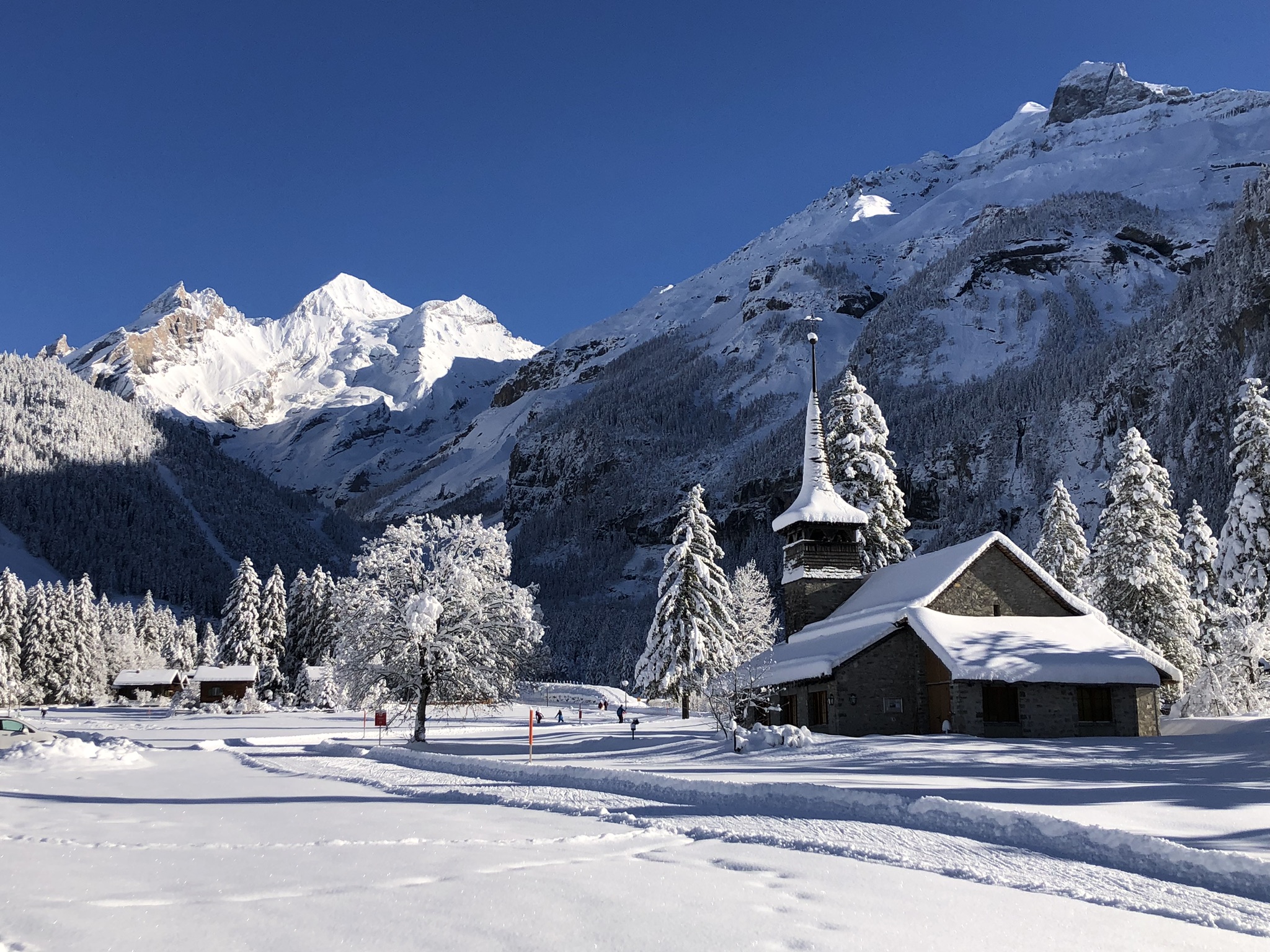
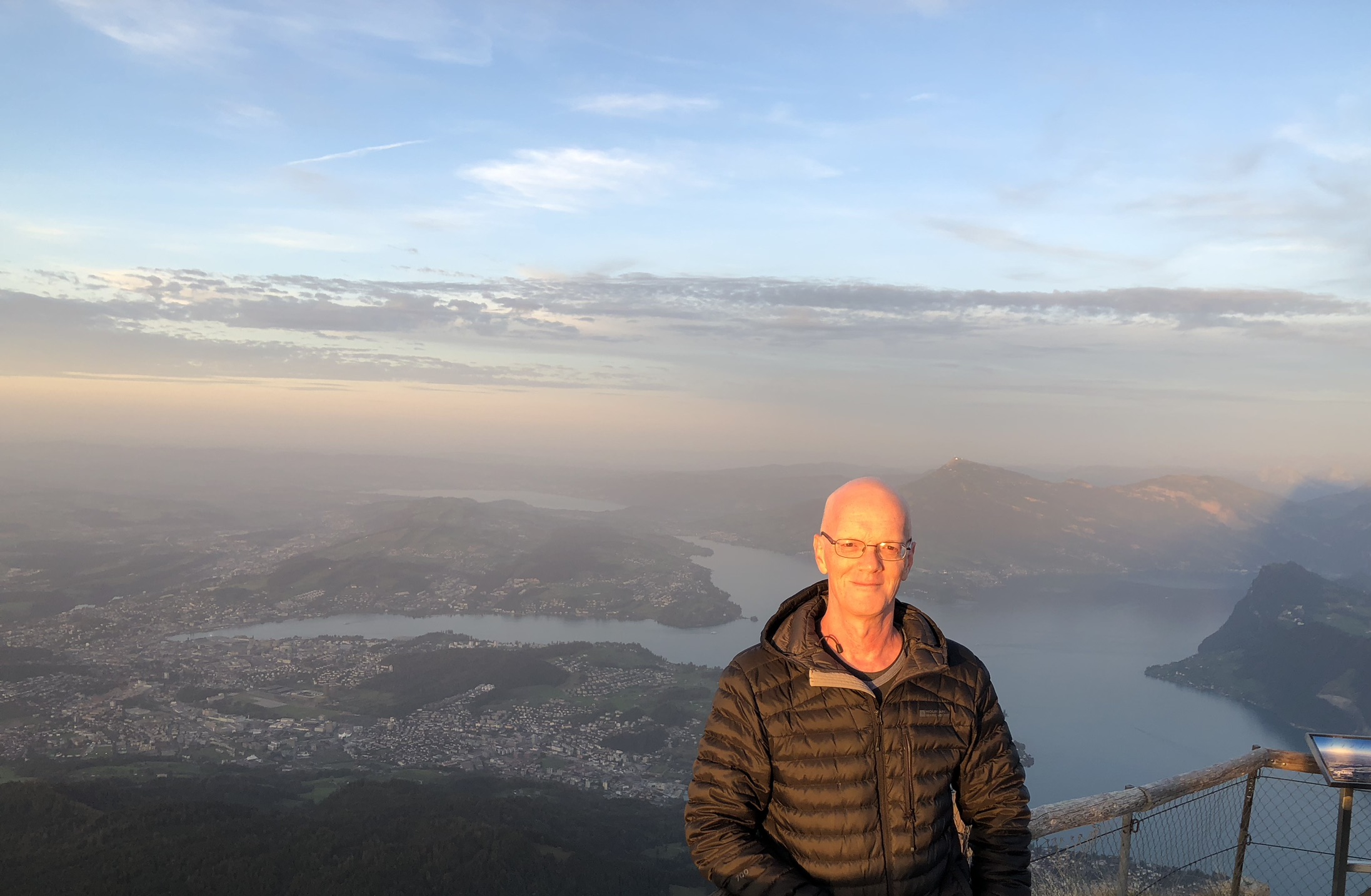
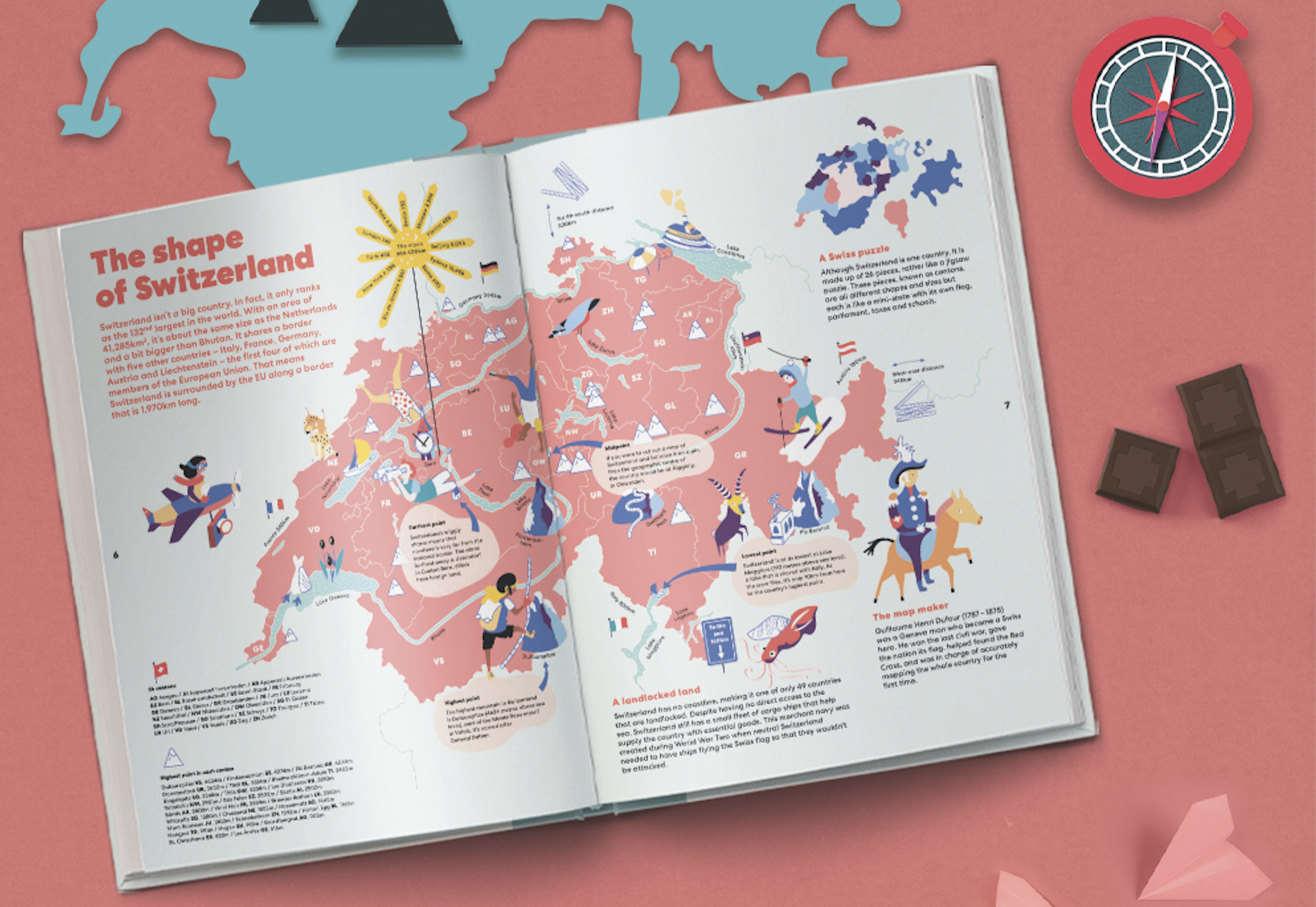
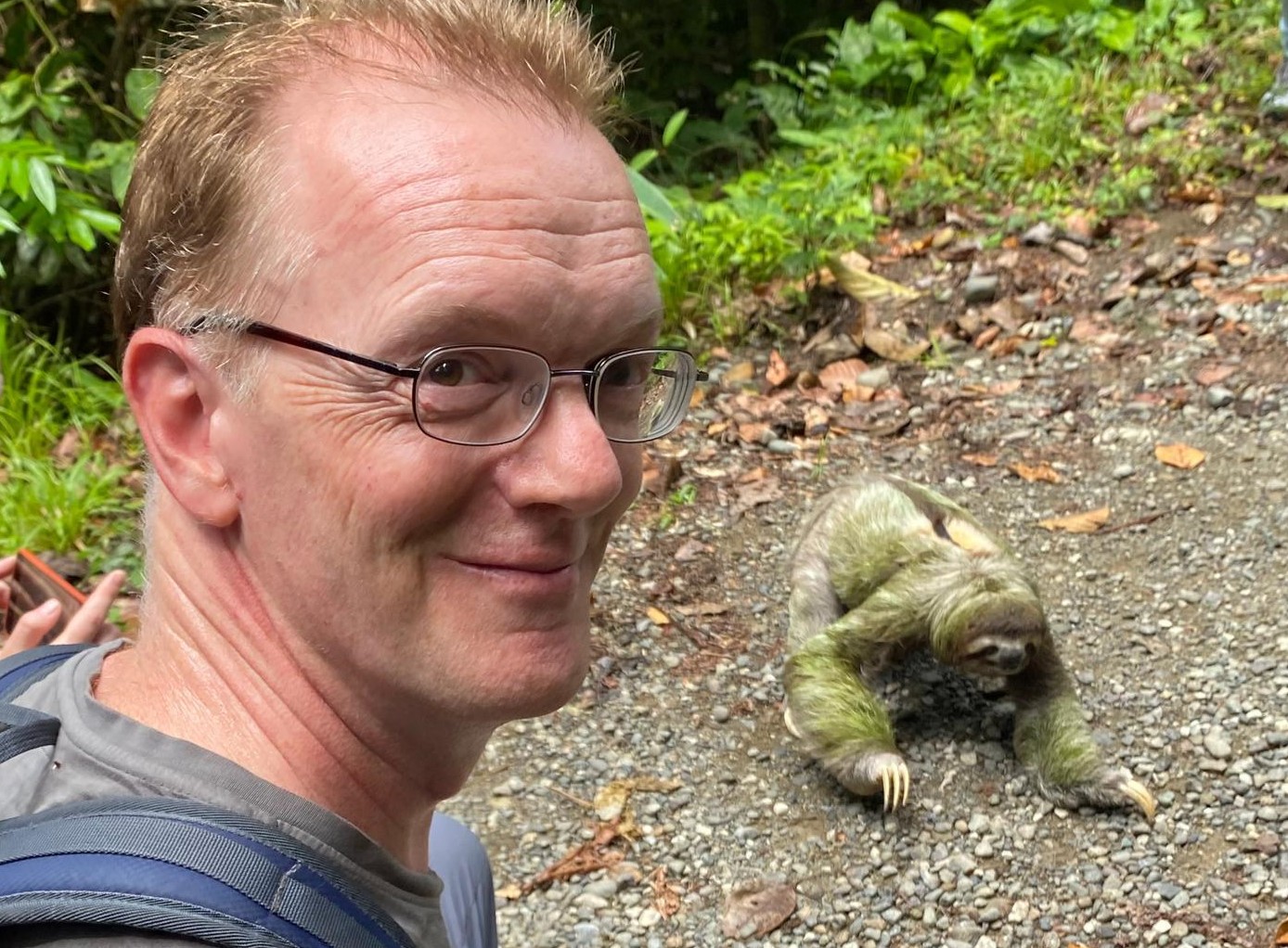
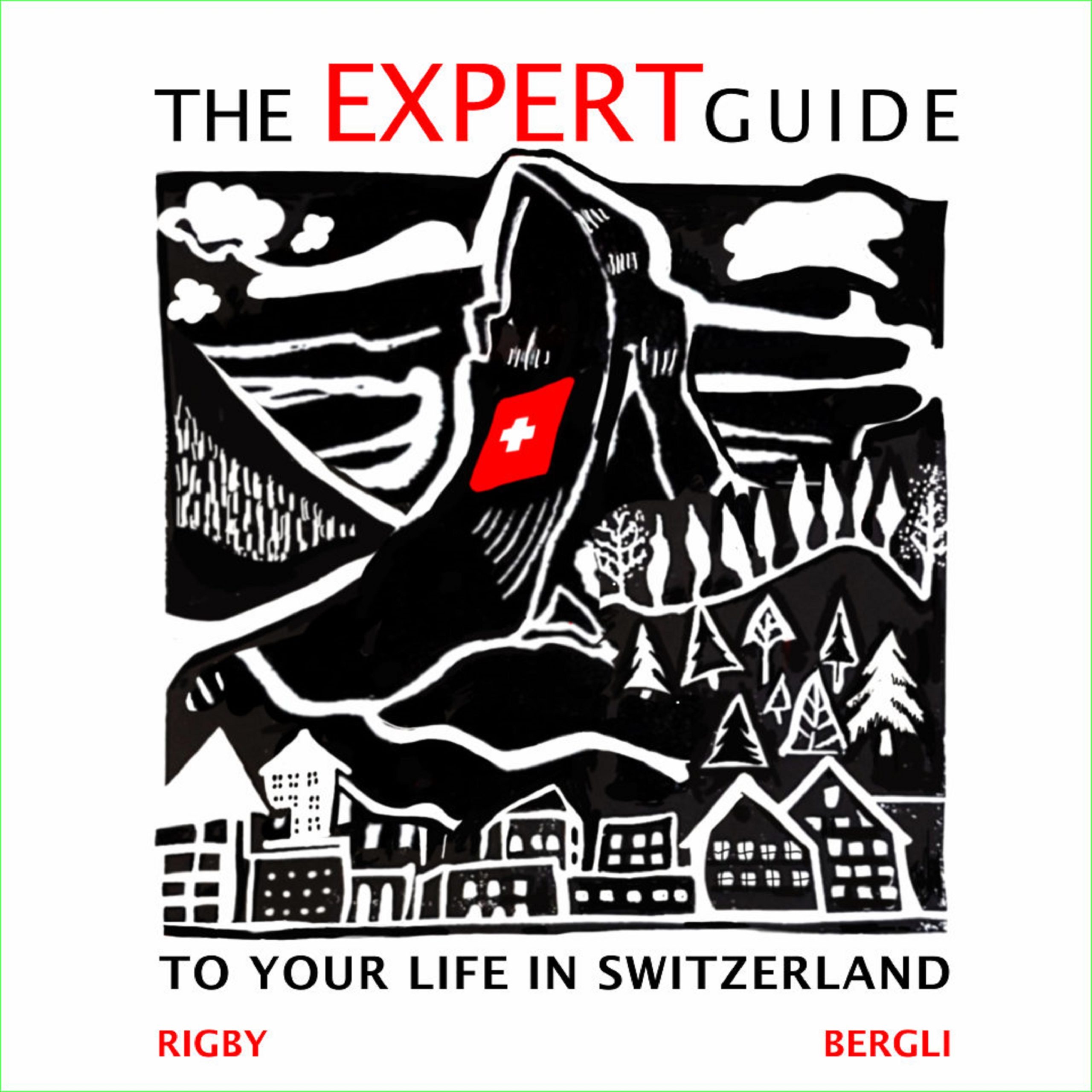
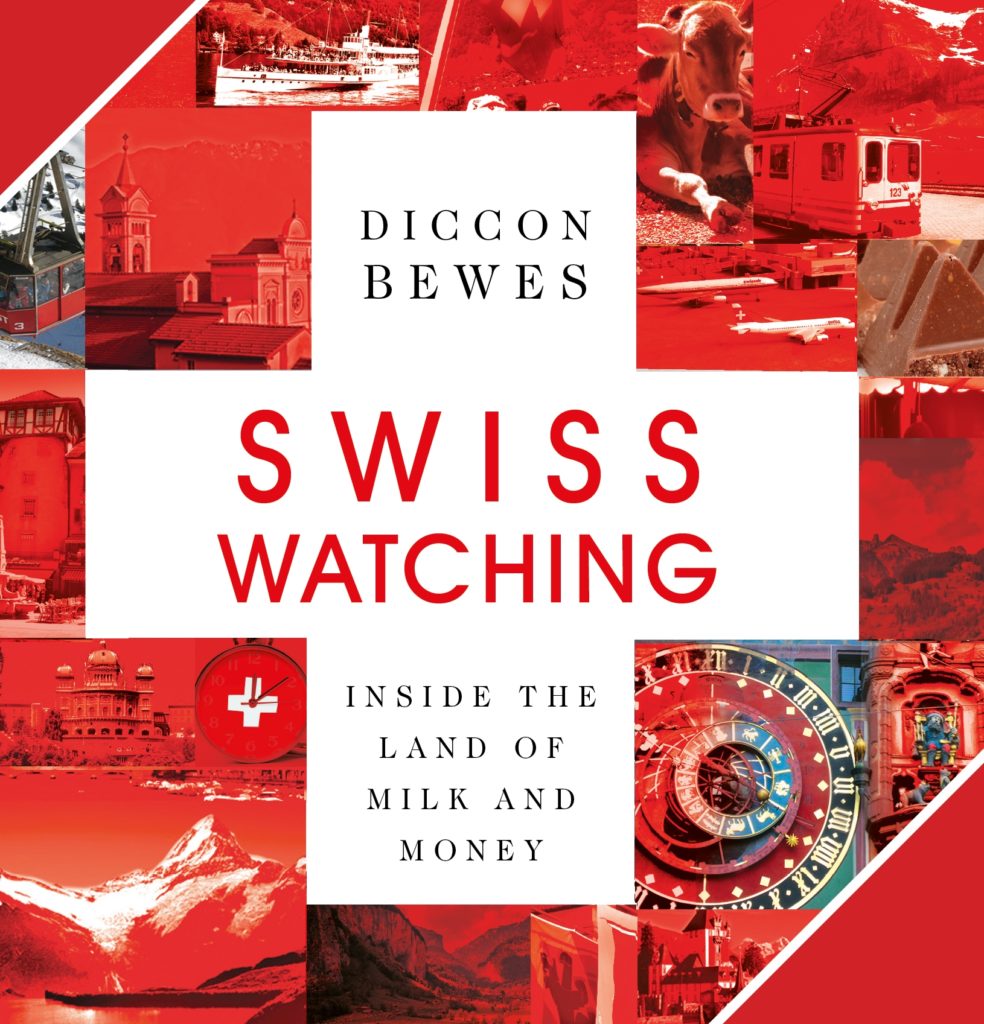
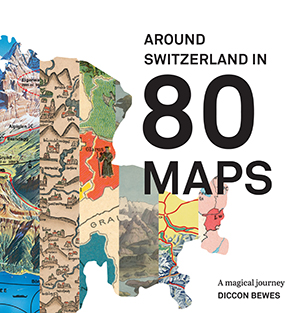

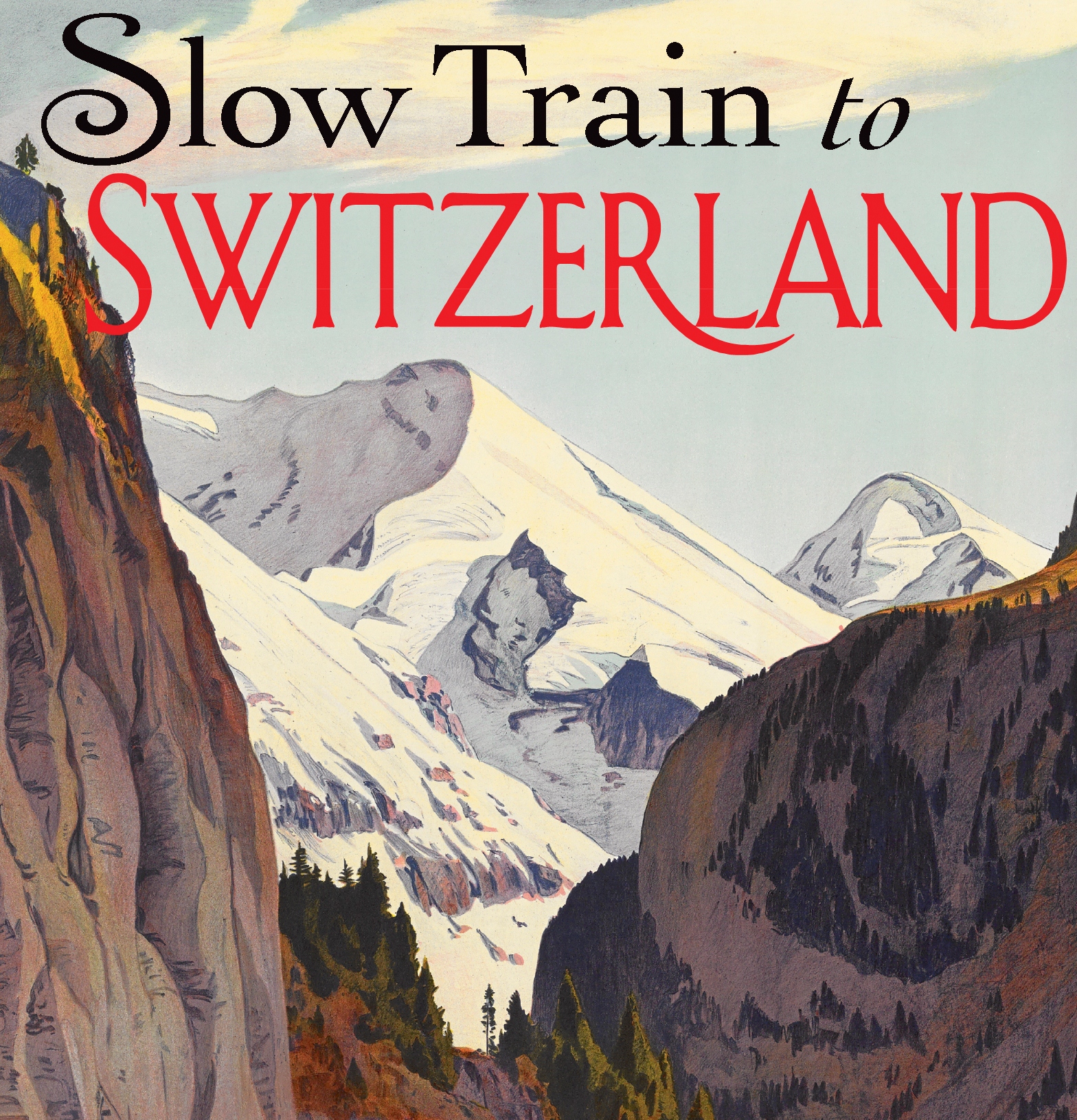

 Follow on Facebook
Follow on Facebook Follow on Twitter
Follow on Twitter Subscribe by RSS
Subscribe by RSS Contact me directly
Contact me directly Global Solutions Inc.
Global Solutions Inc.
7 Comments on "An Alpabfahrt, or when the cows come home"
I have seen the pictures of the cows in the field and I have wondered why oh why do most of the cows have bells around their neck and even more of a puzzle is why some of the bells are so big.
I can’t imagine this to be comfortable for the poor cows. Is there a reason for this?
The bells are there so that the farmers can find their cows, especially in the fog. All they have to do is follow the sound. Most goats kept up in the mountains also have bells for the same reason. As for the size, it’s usually to do with the age of the cow – the older she is, the bigger the bell.
No. The more milk the cow gives, the more valuable the cow is, the bigger the bell is.
Trackbacks for this post